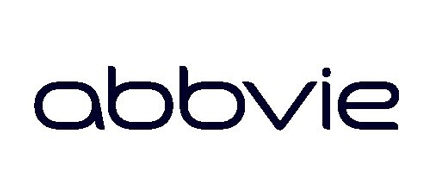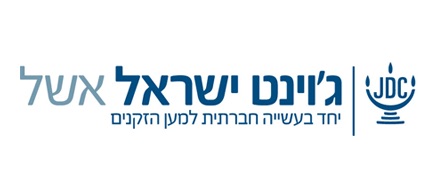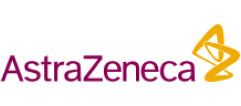This new report examines what’s changed over the past five years and describes what “promising practices” look like today — based on in-depth interviews with 14 organizations, including six of the 18 participants profiled in the 2012 report. The case studies include examples from both the for-profit and nonprofit worlds, and both very large employers (>200,000 workers) as well as very small ones (<200).
The good news: There appears to be greater recognition that caregiving takes many forms, that culture matters, and that offering employees flexibility at work so they can manage their responsibilities outside work is an important competitive advantage in recruiting and retaining top talent. Another very positive trend is the increasing number of companies offering paid and/or unpaid leave for caregiving above and beyond the FMLA requirements.
The not-so-good news: Change is coming more slowly than we would have predicted back in 2012. Our conversations with companies and AARP’s research suggest that interest in supporting working caregivers is increasing. But employers want help finding options that are affordable and easy to implement.
This report was prepared by the ReACT Coalition and made possible thanks to the generous support of AARP.



















